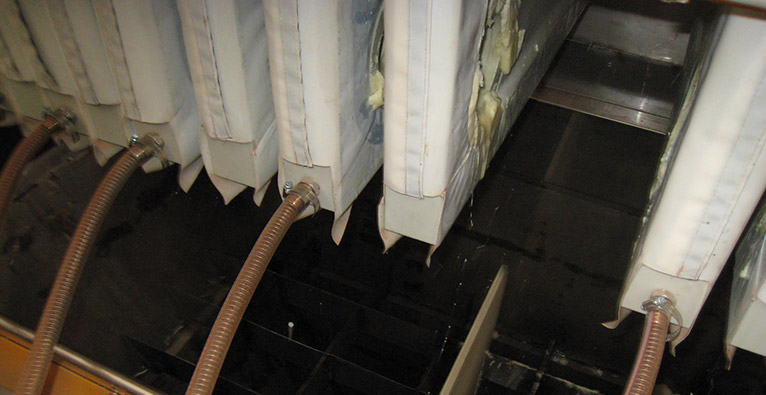
Oils and fats require unique melting characteristics depending on their end use. These are achieved by one of three processes: fractionation, hydrogenation or interesterification.
Separating high-melting fractions (stearin) from low-melting fractions (olein) by cooling in a controlled process is called dry fractionation. Once cooled, the stearin and olein are separated using filtration.
Hydrogenation modifies the melting characteristics and improves the oxidative stability of oils and fats by reacting the oil or fat with a catalyst and hydrogen. Partial hydrogenation increases trans isomers, while full hydrogenation generates a hard fat with virtually zero trans isomers.
Interesterification creates new fats with unique melting characteristics without creating trans isomers. Oils and fats with different melting characteristics are modified by chemical or enzymatic reaction.